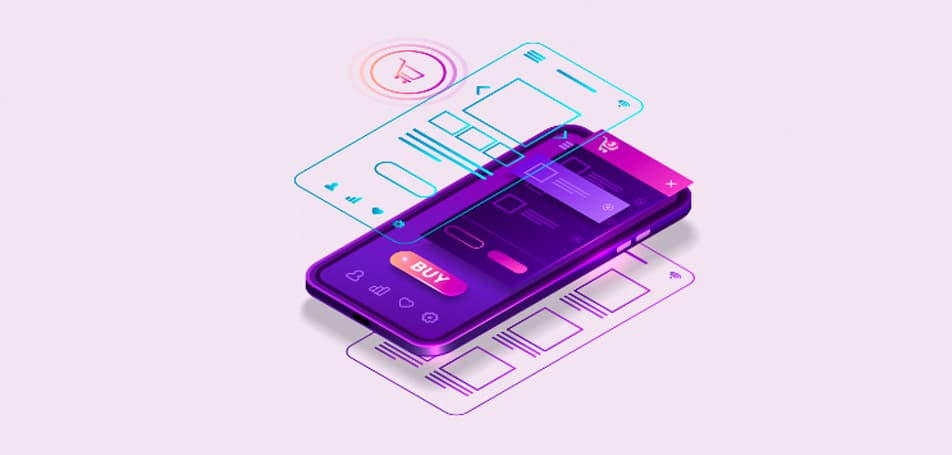
In 2018, e-commerce fashion sales made up over 20% of total retail sales in the US alone and the industry is expected to keep expanding into the foreseeable future. Experts predict that the revenue of online fashion sales is going to reach about $139 billion by the year 2022! Fashion is one of the largest industries in e-commerce, but it’s also one of the most competitive. It demands constant innovation, knowledge of the latest trends, and a deep understanding of what consumers want. Jumping into the world of fashion e-commerce can be intimidating, but it’s well worth it for fashion retailers to invest in a digital presence.
How E-Commerce is Revolutionizing the Fashion Industry
When fashion retailers first began selling clothing online, people were hesitant to purchase items without being able to touch the garments or try them on. Customers would often search for clothes they liked online and then visit an actual brick-and-mortar store to try on and buy the clothing. Today, that situation has changed completely, as many physical stores are closing their doors due to the surge in online fashion shops. Customers can now “try on” clothes without getting off the couch, quickly find out which size is right for them, and can feel confident about their purchases, all thanks to these innovations:
- Customer reviews and content. When a customer shops in-store, they can ask their friend or an employee what they think of a certain product and try it on in a fitting room. Online fashion stores go a step further, encouraging shoppers to write reviews about their garments and share photos on social media to give potential buyers a better idea of the product.
- Artificial intelligence. AI is already well-established in the fashion industry. Brands have used AI to predict fashion trends, suggest products to customers based on their purchase history, create custom clothing for shoppers, and much more.
- Fitting technologies. Customers can use one of several apps that uses augmented reality so they can see how clothes will look on their body before buying. Other technology, like Virtusize, can help online shoppers choose the right size by comparing specific brands to the product you’d like or from clothes they already own.
- Blockchain. Online consumers are moving away from the instant gratification of fast fashion and are instead gravitating towards ethical, transparent brands. With blockchain distribution, consumers can track their item from the time it enters the manufacturing process until the moment their package arrives at the door.
Challenges for Online Fashion Retailers
The biggest challenge for fashion e-commerce stores is the abundance of competitors in the industry. It can be difficult to promote your brand when customers are already loyal to a specific retailer and creating the perfect website to represent your company can be a frustrating process. Retailers have to keep the entire customer journey in mind when choosing a platform and setting up their store, including:
- A quick site load time (experts say it takes only 8 seconds for an online shopper to decide if they like your store or not!).
- Precise navigation and search functions.
- A clean, aesthetically pleasing layout.
- An efficient check-out process
Lastly, when retailers only sell online, they also need to put time into creating social media pages, engaging with customers, figuring out how to use SEO, and other tasks. It can be time-consuming, but if you learn how to market your brand well online, your store will be set up for success.
Benefits of Creating a Digital Presence
With a multi-channel digital presence, online fashion sellers have a unique advantage over other retailers because they can learn what consumers are looking for and create trendy products before traditional stores have even heard of the latest style. Successful online shops can easily maintain loyal shoppers and attract new customers due to these benefits offered by technology:
- Lower start-up costs. Costs of production, manufacturing, and advertising have all gone down due to e-commerce and other technologies. Individuals can set up their own online store for minimal costs using different sites (like Etsy) or hosting platforms.
- Algorithmic help. Shoppers want their clothes to be unique and express who they are. With the help of developing algorithms, online shopping will continue to become more personalized and unique to every individual that visits your site, resulting in fewer abandoned carts, more satisfied customers, and higher profit margins! Algorithms will predict data in ways that haven’t been possible before, making online shopping easier for customers and less stressful for you.
- Customer interaction. Online business owners excel at social selling and being active on social media. With Facebook, Twitter, and Instagram, they can respond to customer comments and questions, share content, and even host online events without having to leave the office. They also have the ability to resolve customer complaints within minutes and can ask their audience directly about what type of clothing they want.















